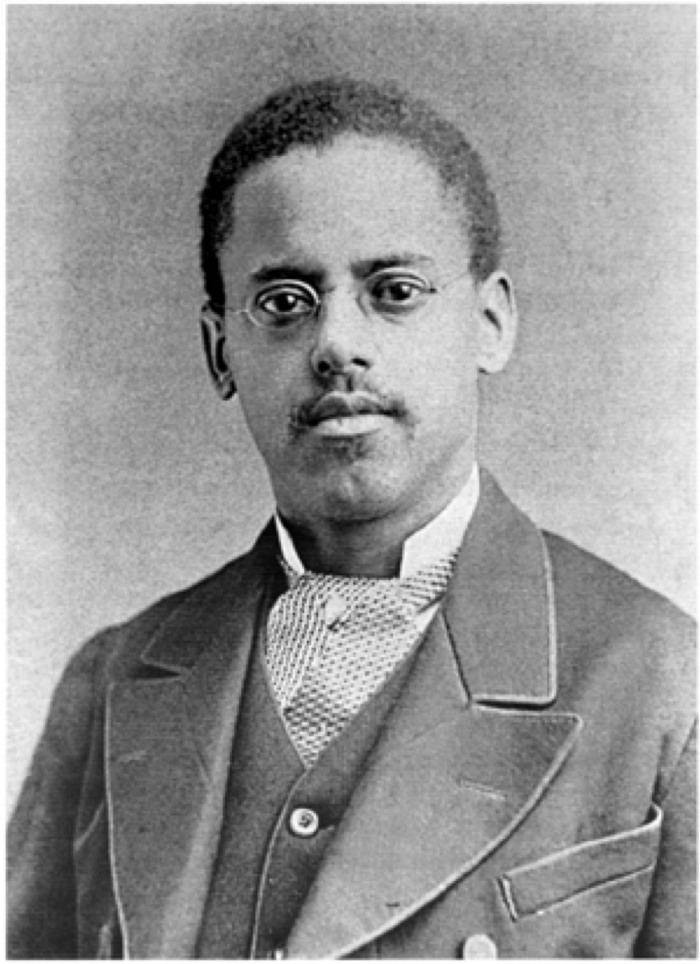COVID-19 PANDEMIC EXPOSES GAPS IN ACCESS TO RELIABLE BROADBAND IN COMMUNITIES OF COLOR

The National Urban League today announced a comprehensive strategy for leveraging the tools of the information economy to create a more equitable and inclusive society. The Lewis Latimer Plan for Digital Equity and Inclusion addresses gaps in access to broadband access that prevent some segments of the population from benefiting from the digital economy, which results in financial and educational inequalities.
“Now, more than ever, we need broadband access in every community across the nation,” said Marc H. Morial, President and CEO of the National Urban League. “The COVID-19 pandemic revealed the vast inequality in access to reliable broadband for students learning remotely and employees working from home. Gaps in broadband means that students fall behind their peers and small businesses fall behind their competitors—especially in communities of color.”
The Lewis Latimer Plan for Digital Equity and Inclusion will work towards deploying broadband networks everywhere in the country; connecting every household to broadband networks; effectively utilizing the networks to improve delivery of essential services; and creating new opportunities for underserved communities to participate in the growth of the digital economy.
Specifically, the Plan provides recommendations on addressing multiple key areas:
- The Availability Gap: Millions of American homes and businesses are unable to connect to a home broadband internet connection because service is not available in their communities. Lack of an available in-home broadband connection prevents these communities from being able to fully participate in the economy, obtain education and health services, train, search, and apply for a job, and otherwise participate in society.
- The Adoption Gap: Even among those Americans for whom a broadband internet connection is available, there are still tens of millions who have not subscribed to a broadband service in their homes.
- The Affordability Gap: For millions of Americans who do not subscribe to broadband, the cost of service remains a significant obstacle to adoption for many communities.
- The Access to Economic Opportunity and Participation Gap: The digital economy has created the greatest opportunity for wealth accumulation in history, but those opportunities are not being equitably distributed throughout society. The Utilization Gap: The full range of uses of broadband is not being leveraged to its fullest extent in regards to how we provide essential services, especially in the areas of workforce development, healthcare, and education.
The Plan was inspired by Lewis Howard Latimer, a 19th-century draftsman, soldier, scientist, and researcher whose parents were born into slavery. He worked with Alexander Graham Bell on the development of telephones and Thomas Edison on electric lighting. Unfortunately, while Latimer was a key contributor to Edison’s and Bell’s seminal wealth-creating inventions, he had no ownership stake in the vast businesses they spawned. That legacy must end now.
Under the Plan, the FCC would reexamine network performance standards, pinpoint areas without any broadband network, eliminate restrictions that disqualify providers who could deliver service quickly and efficiently, and allocate subsidies necessary to close the Availability Gap.
The Plan calls on the Department of Commerce and the FCC to collect information that allows the government and the public to understand and evaluate how the private sector is improving diversity, equity, and inclusion. It also recommends establishing a federal Office of Digital Equity to coordinate training and restructuring the FCC’s Lifeline Program, which subsidizes communication services for low-income households.
“Millions of Americans enjoy the access to information, entertainment and commerce that broadband provides,” said Blair Levin, Nonresident Senior Fellow, Metropolitan Policy Program at the Brookings Institution. “But the unfortunate reality is that communities that lack access to broadband are the ones who could benefit from it the most. Our leaders need to step up and address the gaps that are holding back large segments of the population.”
The full Plan can be found by visiting: https://nul.org/program/lewis-latimer-plan







